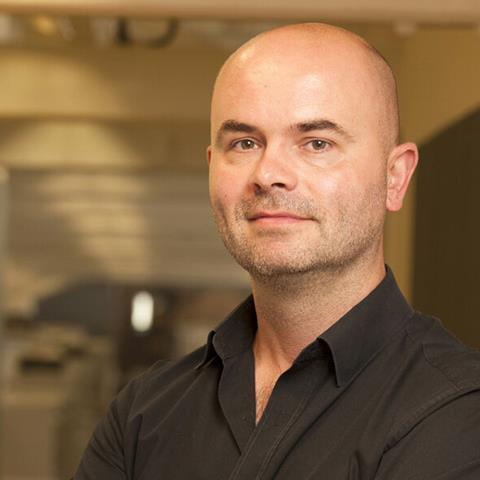We need to consider a much wider range of needs when designing new public realm, writes Craig Sheach

Disability is a complex word. It evokes connotations and stereotypes that are often unhelpful and creates a box in which many who are not considered to be ‘able’ are placed and struggle to escape from.
As a word it also does not naturally associate with those whose challenges or conditions are not so obvious within the day to day. One of those hidden groups are the neurodiverse.
A neurodivergent brain works differently from others, having different triggers and reactions to stimuli, making different connections to the same information compared to those of a neurotypical one. Despite over 15% of the country being neurodivergent in some form, it is not well understood, being a loose knit group made up of a myriad of different conditions including attention deficit disorders, autism, Tourette’s, dyslexia and dyspraxia.
The big challenge when considering neurodiversity is exactly that – it’s diverse. The specifics are not only different from one trait to the next, but also from person to person within the same traits. No two sufferers of Tourette’s are the same, no two autistic people are identical.
Some forms of Neurodiversity can lead to challenges with loud noises or specific sounds, with physical contact, social proximity, with texture or with visual richness and complexity. Some struggle with signage and wayfinding.
As designers, the challenge is how do you accommodate for such a complex, and personal, range of needs and requirements. We certainly fall short in considering these currently as part of our criteria for good design.
Social anxiety doesn’t just impact the neurodiverse, it is a wider issue within our post-Covid world
One of the main tenets of urban design and placemaking is activity and engagement. We are encouraged by policy and design panels towards generating active frontages, creating attractive destinations to draw people and supporting more footfall.
Jan Gehl promoted people over spaces over buildings and Jane Jacobs focused much of her writing on encouraging people back into our cities, spaces and streets. Through the perception of the Neurotypical brain, these are key to the success and vibrancy of places.
The problem is that a large number of Neurodivergent people see these spaces as places of discomfort or even, in the extreme, to be avoided at all costs. The hustle and bustle of urban activity can cause some huge levels of anxiety.
Noise, movement and social interaction can cause over-stimulation, perceived threat and continual masking that can be exhausting. Although good placemaking, and safe and secure places, require people, it should be recognised that not all people want to be seen, be on show and engage with others.
Surely, we can find a balance within the public realm that allows for intimacy and protection as well as bustle and activity. Surely there can be areas within buildings that are calm and removed, for those who struggle with the intensity of people, noise or their environment.
Some landscape designers are beginning to recognise the need for seclusion and design for specific needs but it’s fair to say that this approach is patchy at best and generally lacking within large urban, public spaces and across the wider industry in general.
Social anxiety doesn’t just impact the neurodiverse, it is a wider issue within our post-Covid world. Years of isolation and ‘Teams’ relationships have dented a lot of people’s confidence and social skills, especially the young. Recognising these social challenges are widespread, in the same way we recognise that a person in a wheelchair may struggle with changes of levels, requires that neurodiversity be an essential part of the conversation in creating an equitable environment that serves all and not just the idealised abstraction of a ‘normal’ person.
It must be recognised that we can’t possibly design for all specific instances of neurodivergency but we can create spaces and places that reflect the huge levels of diversity and variety within our population, ensuring that more people can feel comfortable using them.
>> Also read: Inclusive building design helps clients demonstrate their commitment to people and planet
>> Also read: Designing and delivering neurodivergent-friendly spaces
>> Also read: Designing for the mind
Postscript
Craig Sheach is a partner at PRP
















1 Readers' comment